Are you debating whether to use Duolingo or Rosetta Stone to learn a new language? If so, you’re not alone.
Nowadays learning a new language can take many paths, but perhaps two of the most well-known are Duolingo and Rosetta Stone.
Both products have their own strengths and weaknesses depending on your learning style and goals. In this post we’ll delve into the differences between these two popular language-learning tools to help make your decision easier.
From pricing details and accessibilities through languages available, by the end of the post you’ll know exactly which one is best for your needs!
Overview: Duolingo VS Rosetta Stone
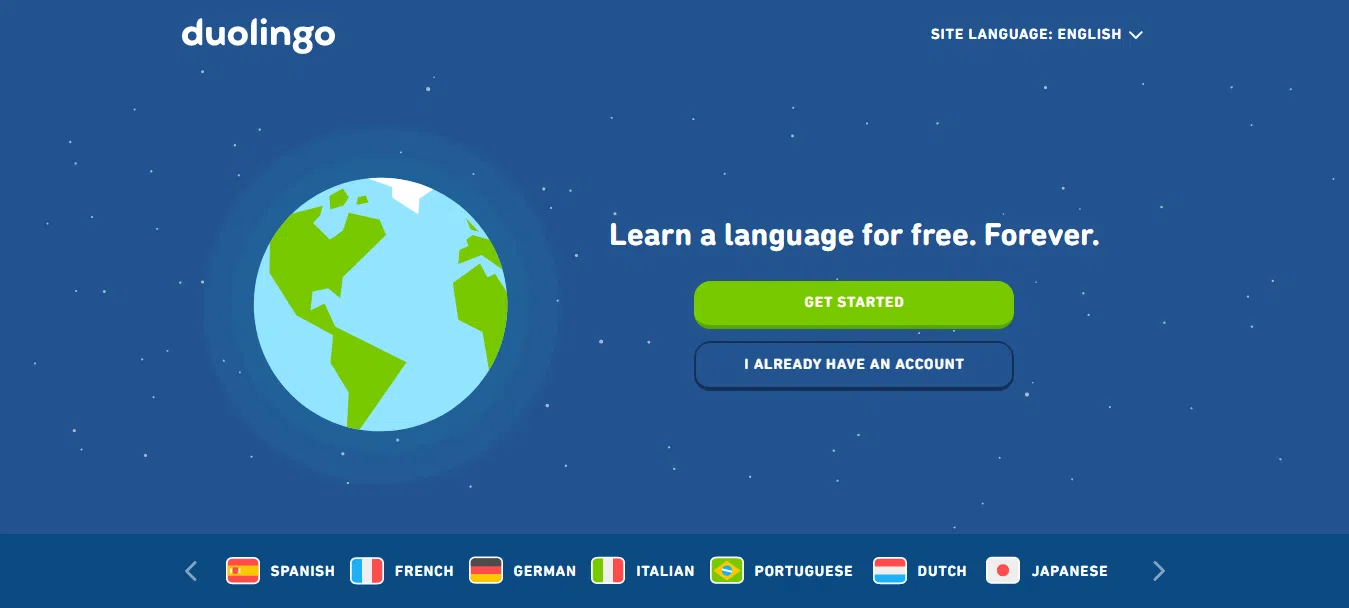

Duolingo and Rosetta Stone are two of the most popular language-learning programs currently available. Both offer comprehensive solutions for learning a new language, but they go about it in different ways.
Duolingo is a free, game-based platform that makes learning fun and engaging, while providing immediate feedback and reinforcement to ensure you understand the material.
It covers a broad range of languages, including Spanish, French, German, Italian, and Portuguese.
The lessons are designed to be easy to understand and follow and are broken down into bite-sized chunks that make it easier for language learners of any skill level to stay engaged.
Rosetta Stone, on the other hand, is a subscription-based program that offers more structured and immersive learning.
It uses an adaptive, interactive approach to teaching language, using images, audio, and text-based exercises to help you learn the basics of a language quickly and efficiently.
Unlike Duolingo, which is free, Rosetta Stone requires a fee for access to its courses.
However, it does include tools such as a live tutor and other interactive activities that can help you make more progress with your language learning.
In summary, both Duolingo and Rosetta Stone are excellent choices for language learners.
Duolingo is free and fun to use, while Rosetta Stone offers more immersive courses with added features like a live tutor.
Ultimately, the best program for you will depend on your language learning goals and budget. Consider both options to find which one is right for you.
How Do They Work?
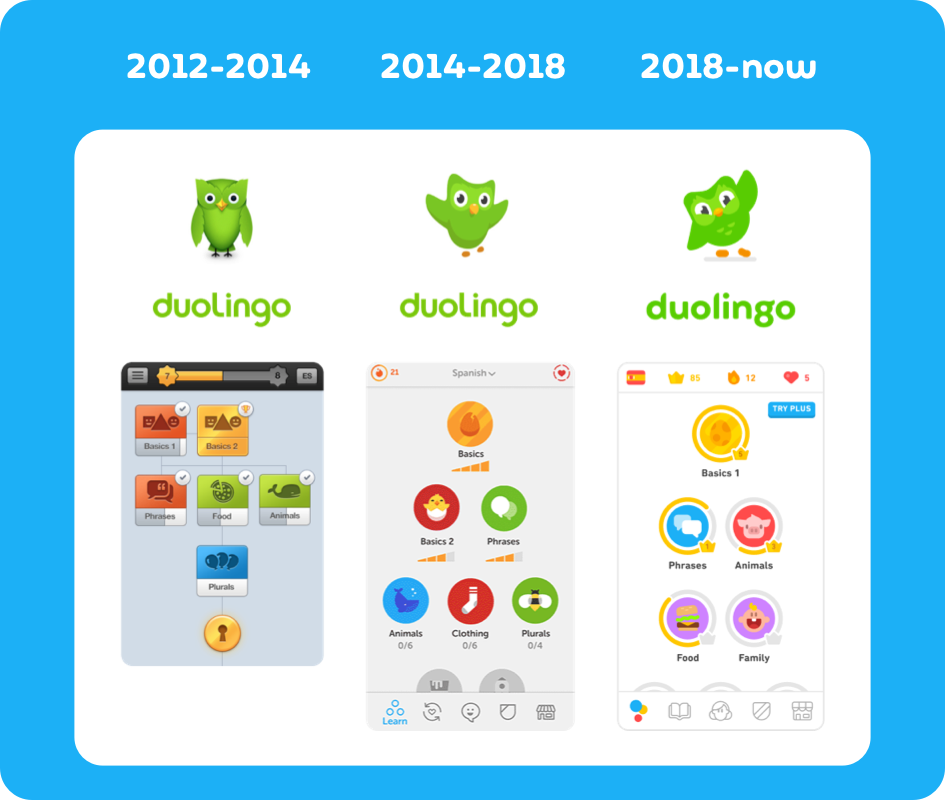
Duolingo offers a wide range of courses in more than 30 languages.
It is designed to provide users with an interactive, game-like experience and encourages them to practice their language skills regularly by offering rewards and challenges.
Users can also track their progress through the app’s reports and charts.
Rosetta Stone, on the other hand, is a more traditional language learning program.
It uses an immersive approach to teach languages, with interactive audio and video lessons that help users learn the basics of the language quickly and accurately.
The program also offers personalized feedback throughout each lesson, helping learners practice their pronunciation and comprehension skills.
Rosetta Stone also offers mobile apps for some languages, allowing users to practice their skills on the go.
Both programs offer different approaches to learning languages, and both have advantages and disadvantages.
Duolingo is free, making it a great option for those who want to learn a language without spending any money.
However, it does not provide as much structure or personalization as Rosetta Stone does.
Additionally, it does not offer any form of testing or certification, which can be useful for those who are looking to prove their language proficiency.
What is the HYPE?
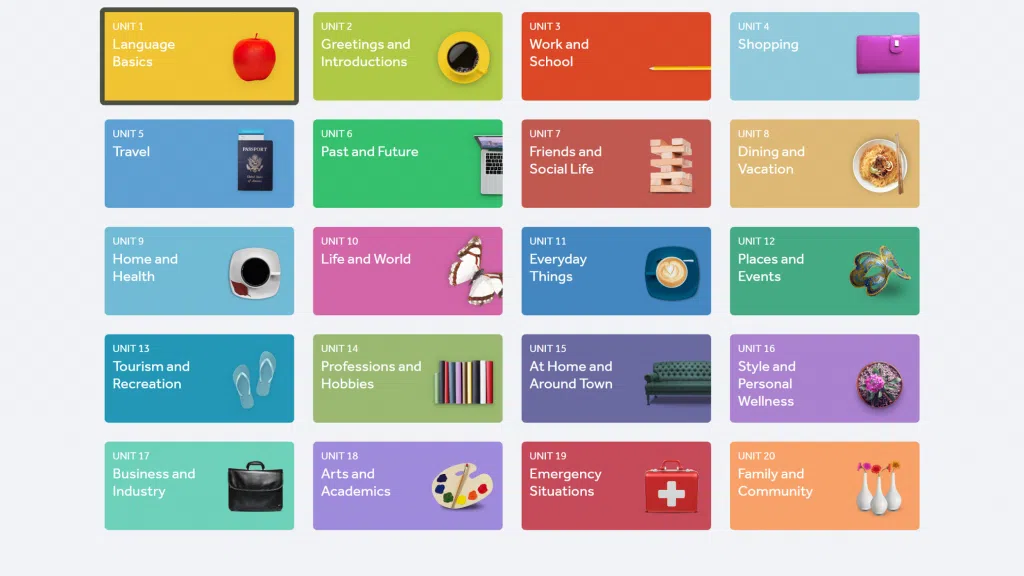
When it comes to language learning, two of the most popular platforms are Duolingo and Rosetta Stone. Both have been around for many years, with Rosetta Stone having been founded in 1992 and Duolingo in 2011.
They both offer a wide range of languages for learners to choose from, including Spanish, French, Italian, German, and more.
Rosetta Stone is traditionally known for its immersive approach to language learning.
This means that learners are able to learn a language from the ground up, with no translation needed.
Duolingo, on the other hand, takes more of a game-like approach and uses different methods such as quizzes and puzzles to help users learn new words and phrases.
When it comes to price, Rosetta Stone is more expensive as it requires a subscription. However, they also offer users the chance to purchase individual lessons or language packs if needed.
Duolingo, on the other hand, is entirely free and offers ads-free access to its content.
Overall, both Duolingo and Rosetta Stone are excellent language-learning tools.
It all comes down to personal preference and budget, as both offer great value for money when it comes to learning a new language.
Ultimately, the HYPE between Duolingo and Rosetta Stone is that they both offer quality instruction in different ways, so learners can find the one that best suits their needs.
Languages Offered:
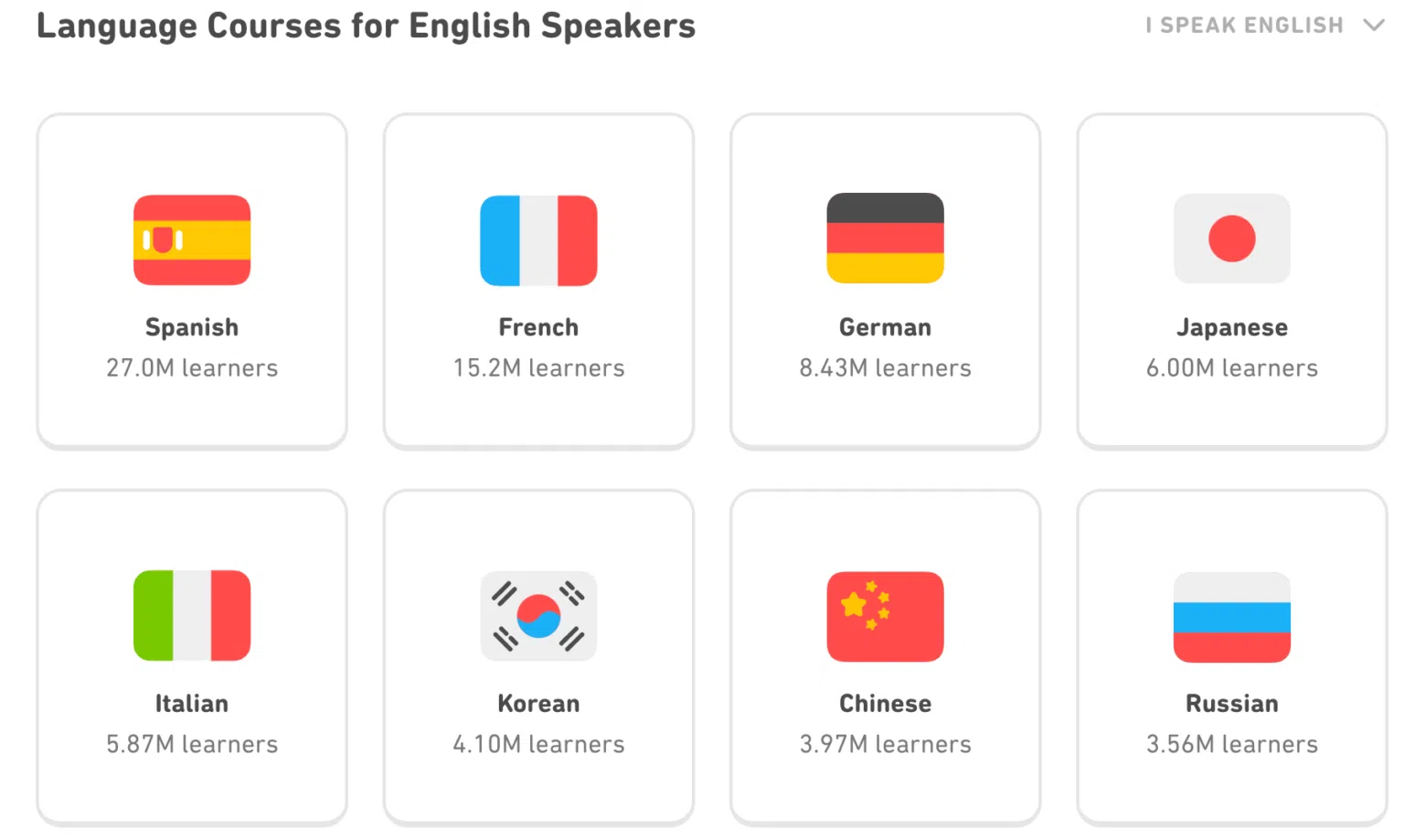
Duolingo and Rosetta Stone are two of the most popular language-learning applications on the market. Both have their own unique strengths and weaknesses, but they differ in several key ways.
One major difference between Duolingo and Rosetta Stone is the number of languages available for study.
Duolingo offers more than 30 languages, including Spanish, French, German, Italian, Russian, Portuguese, and Dutch.
Rosetta Stone only offers 25 languages – while it covers the most popular ones like Spanish and French, it lacks some of the more obscure languages that Duolingo offers.
Another major difference between the two services is their approach to learning. Duolingo relies heavily on gamification and repetition to keep learners engaged.
Its lessons include a variety of activities, such as audio exercises, fill-in-the-blank questions, and multiple choice quizzes.
Rosetta Stone takes a more traditional approach – its courses are entirely audio-based with no written components or interactive elements.
Finally, the two services differ in terms of cost. Duolingo is free to use, with optional subscription packages for additional features such as offline access and unlimited skips.
Rosetta Stone, on the other hand, is a paid service costing between $119 and $199 depending on the language package.
Pricing Plans Comparison
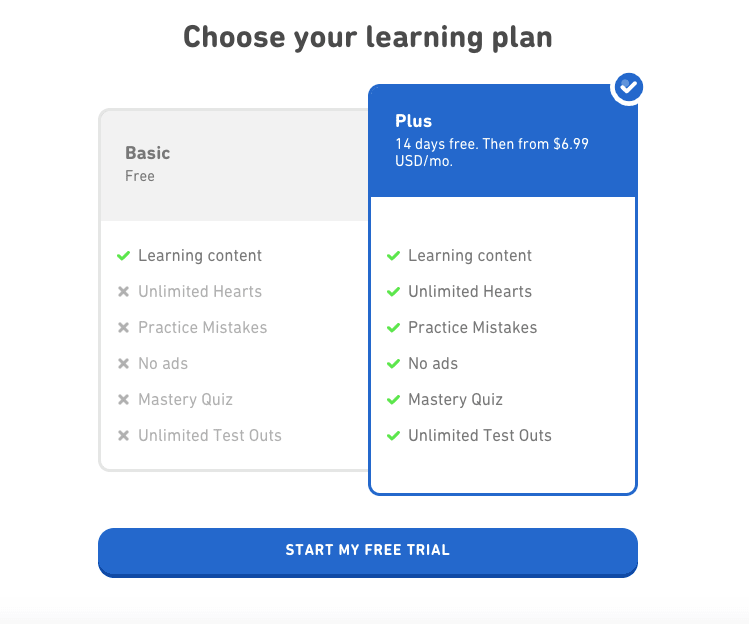

Duolingo and Rosetta Stone offer different pricing plans and levels of access to their language-learning products.
Duolingo is free, with optional subscription packages offering additional features like offline access and personalized learning plans.
On the other hand, Rosetta Stone offers a variety of subscriptions ranging from monthly payment options for individual courses up to yearly unlimited access plans for multiple languages.
When comparing features per dollar, Duolingo offers more bang for your buck than Rosetta Stone.
While the latter is an established name in language-learning and provides quality services, its pricing plans are significantly higher than those of Duolingo.
For example, a three-month subscription to Duolingo’s Pro plan costs $9.99, while a six-month subscription to Rosetta Stone’s All Access Plan costs $149.
Additionally, Duolingo offers more languages than Rosetta Stone and includes some unique features such as the ability to chat with native speakers in real time for further practice.
In conclusion, Duolingo offers a much more affordable pricing plan and more features than Rosetta Stone, making it the better option for those on a budget.
However, if you are looking for an established language-learning brand with comprehensive options and access to multiple languages, then Rosetta Stone may be worth the investment.
Ultimately, choosing between Duolingo or Rosetta Stone comes down to budget and individual preferences.
Duolingo Features:
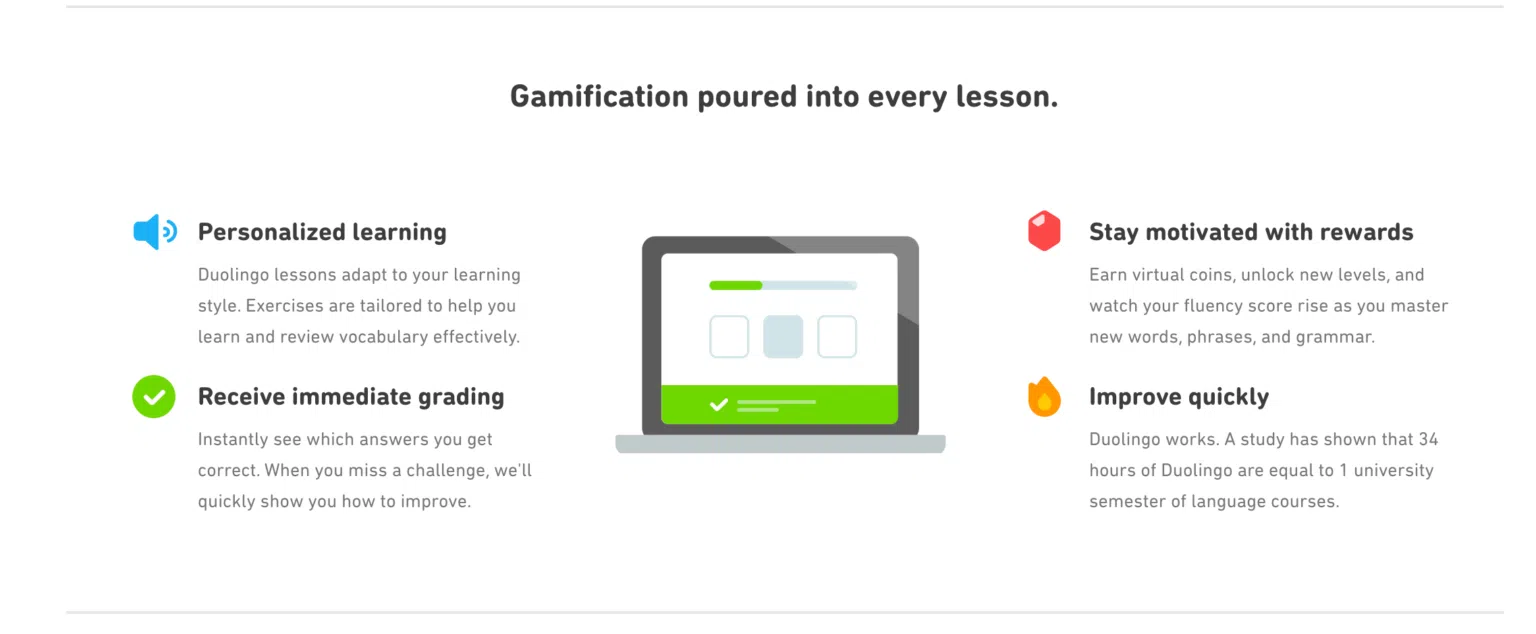
1. Gamified Learning – Duolingo employs a gamified approach to language learning, making it easier for users to stay engaged and motivated. Users can earn points, badges, and rewards as they progress through the lessons, making it more enjoyable and encouraging them to keep learning.
2. Adaptive Learning – Duolingo personalizes each user’s learning experience by tailoring questions to their current level of proficiency. Through this adaptive learning system, users can gain a deeper understanding of the language and make faster progress.
3. Conversation Practice – To help users gain more confidence speaking the language, Duolingo offers conversation practice sessions with native speakers. Through these conversations, learners are able to develop their pronunciation, intonation, and conversational skills in a real-world context.
4. Immersive Content – In addition to traditional lessons and exercises, Duolingo offers immersive content in the form of stories and videos. These engaging activities help users to enhance their listening, reading, and comprehension skills.
Rosetta Stone Features:

1. Adaptive Recall: This feature helps you remember words, phrases and grammar rules more effectively by displaying recently studied content at optimized intervals. You’ll be able to review material in an efficient and effective way, without having to constantly re-study it.
2. Speech Recognition: This feature lets you use your own voice to practice speaking the language. You’ll be able to record yourself and get instant feedback on pronunciation, tone and intonation.
3. Conversation Practice: Here you can practice your conversational skills by engaging in dialogues with native speakers. You’ll get a chance to practice the language in an interactive and realistic environment.
4. Storybot: This unique feature uses animated characters to help you learn and review vocabulary, grammar, pronunciation and culture. Through stories and narrative-based activities, you’ll be able to learn the language in a more natural and engaging way.
Pros & Cons
Duolingo
| Pros | Cons |
|
|
|
|
|
Rosetta Stone:
|
|
|
|
|
FAQs: Duolingo VS Rosetta Stone
🤷♀️Q: Which language courses are available on Duolingo?
A: Duolingo offers courses in over 30 languages including Spanish, French, Italian, German, Portuguese, Dutch and Irish. In addition to the official course offerings, there is also an extensive range of community-created courses available.
😎Q: What language courses are available on Rosetta Stone?
A: Rosetta Stone offers courses in over 24 languages including Spanish, French, Italian, German, Japanese, Chinese and Russian. It also has a selection of English courses designed for native speakers of other languages as well as a range of language immersion programs.
👨💼Q: What types of exercises are available on Duolingo?
A: Duolingo offers exercises in speaking, listening, writing and reading. The exercises range from translating sentences to practicing conversations with bots.
💥Q: What types of exercises are available on Rosetta Stone?
A: Rosetta Stone offers exercises in speaking, listening, writing and reading. Its exercises are focused on helping learners to develop their language skills through a variety of activities such as picture matching, sentence building, pronunciation practice and flashcards.
Quick Links:
Conclusion: Duolingo VS Rosetta Stone
In the end, it really depends on what your language-learning goals are and how you learn best.
If you want a more immersive experience that feels like being in a real classroom, Rosetta Stone might be a good option for you.
On the other hand, if you prefer having more control over your learning pace and material covered, Duolingo could be a better fit.
Whichever program you choose, make sure to give yourself plenty of opportunities to practice speaking and writing in your new language to become confident and proficient.


